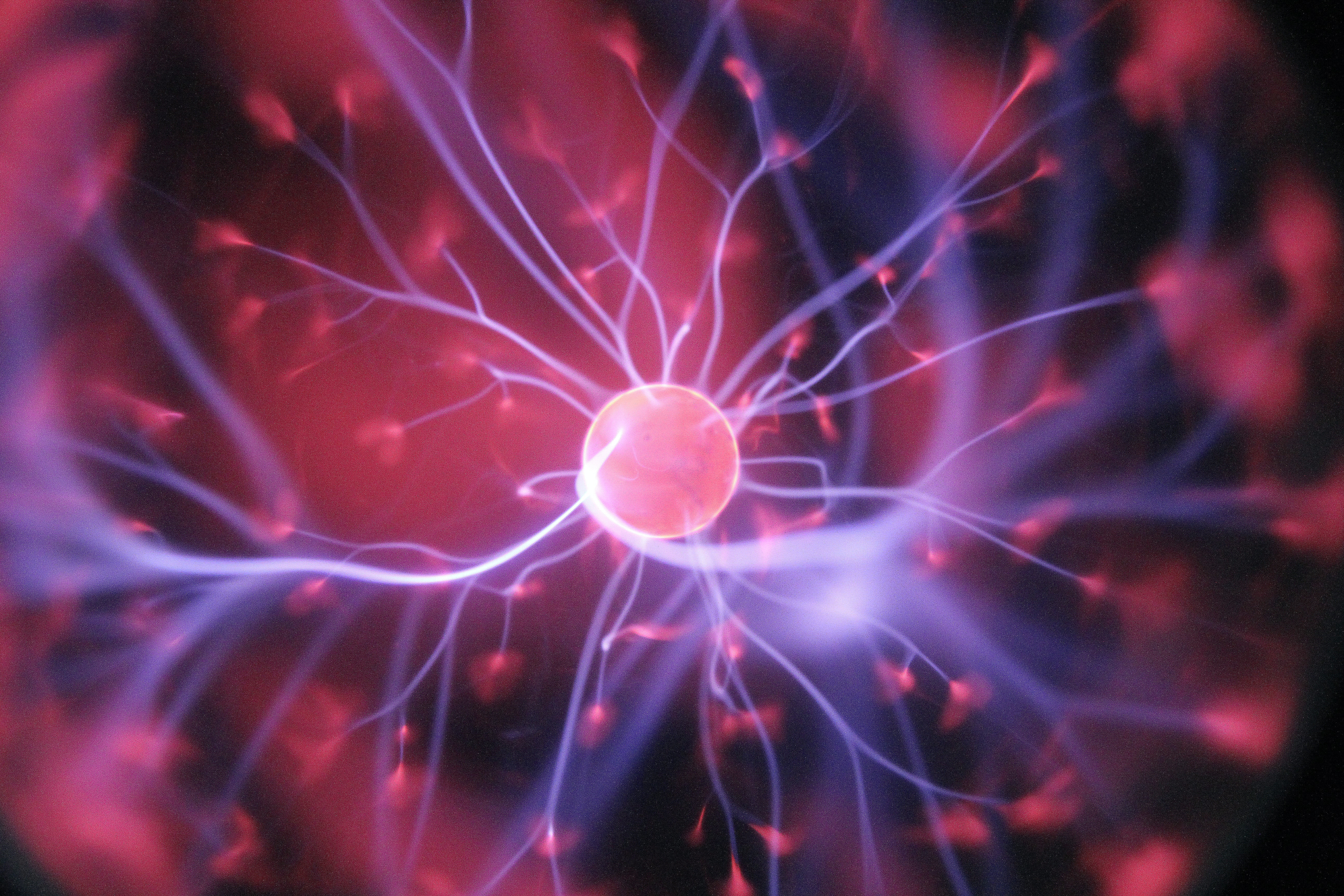
EAGER: Language Learning through Machine Theory of Mind
By Yonatan Bisk and Graham Neubig
This project includes formal models of information sharing and teaching grounded in shared referential games. Agents and children are tasked with asking an instructor to efficiently distinguish similar objects -- a task which requires understanding common ground and identifying distinguishing features. While the learner will often make ambiguous statements, the teacher will provide corrections and instruction to guide the learning process. This formulation allows for variation along several dimensions of relevance to successful communication: working memory, visual and lexical complexity, and specificity of instruction. Experiments with children will provide benchmarks against which computational agents can be compared, and experiments with agents will allow us to decompose the contribution of each of these factors to the difficulty of developing a theory of mind.
